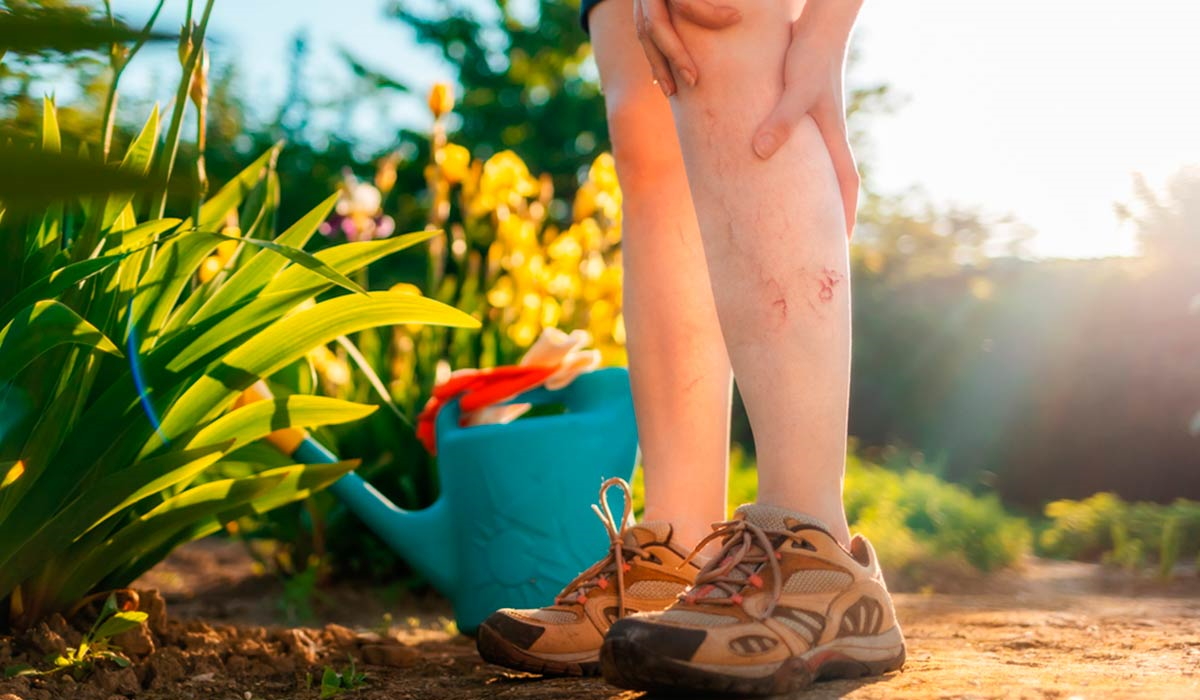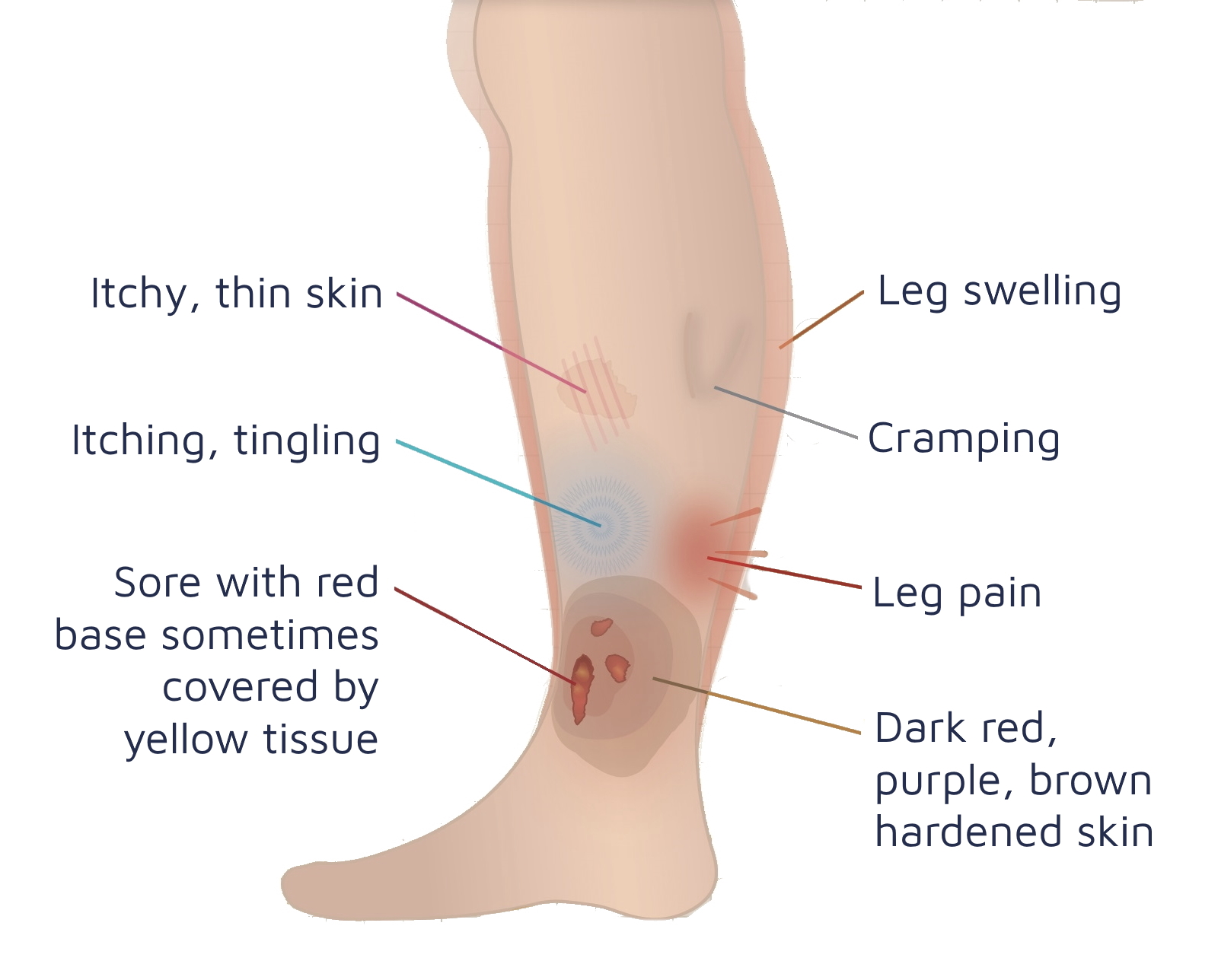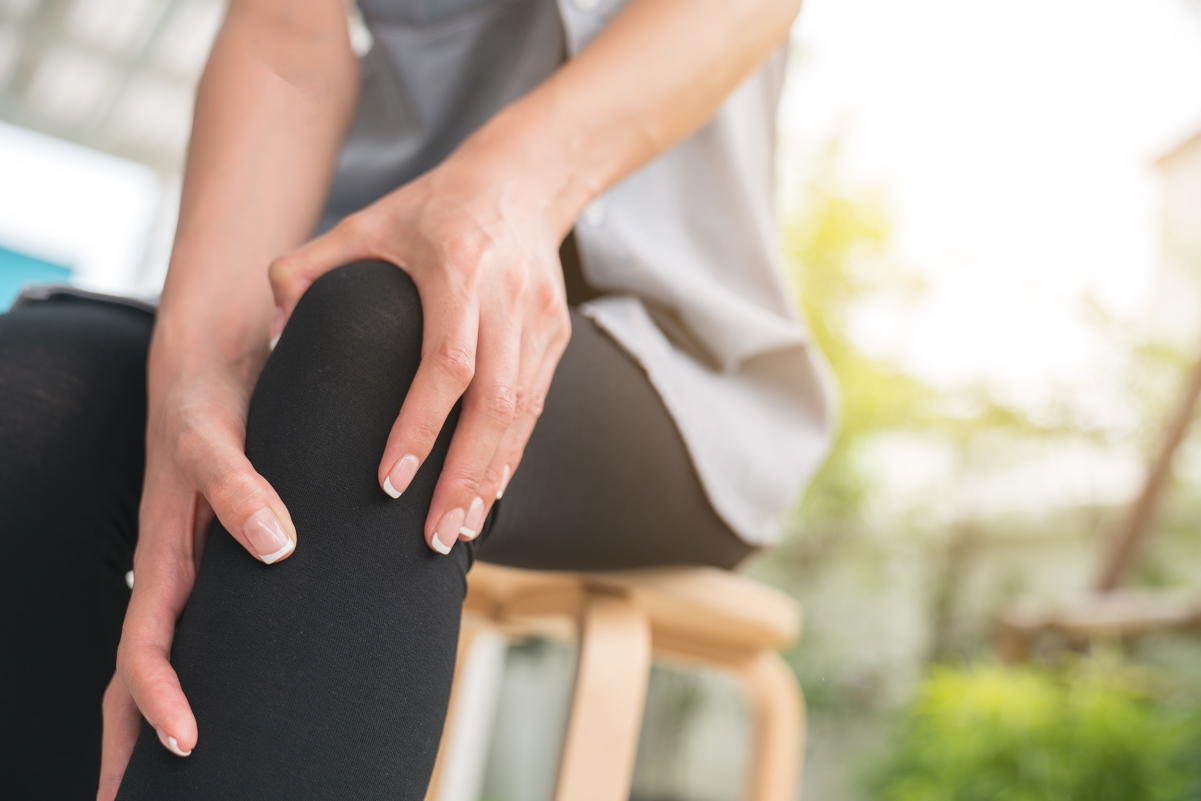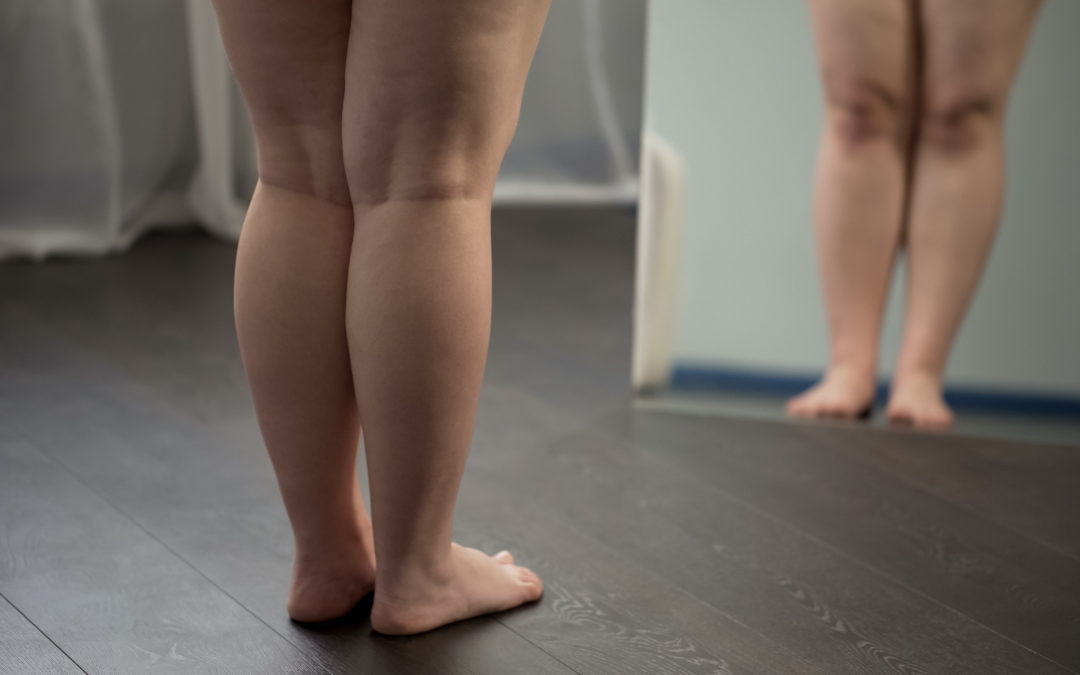Pamela never wears sandals or shorts. It could be the middle of the summer, and all her friends want to hang out at the beach or sit poolside in the backyard. But Pamela will either find a way to wear long leggings or simply miss out on the fun. At first, she refused to share the reason why she avoided having some fun in the sun and showing off a little skin. Finally, when a friend persisted, she admitted her secret: the combination of embarrassing spider veins and varicose veins has Pamela feeling uncomfortable about showing off what she calls “ugly legs.”
At Hamilton Vascular, we believe everyone should love their legs. Sadly, an average of one in every three adults over 45 develops some form of vein disease. In many cases, this means nightmares such as spider veins and bulging varicose veins up and down the thighs, lower legs, and calves. This can escalate to a debilitating condition with seemingly no relief in sight. The good news is that help exists for ugly legs, though it is important to seek treatment sooner rather than later to avoid additional complications.
Do You Think You Have Ugly Legs Because of These Symptoms?
- Visible spider veins or varicose veins
- Unexplained leg swelling in your feet and ankles
- Brown spots and other discoloration
- Skin sensitivity (itching, tenderness, rashes)
- Tired, heavy legs
- Throbbing or stabbing pain
- Numbness and tingling
- Muscle cramps
- Discomfort when sitting or standing for a long time
Have questions about the appearance of your legs and feet? Schedule a consultation with Hamilton Vascular’s board-certified specialists. Appointment
What Does It Mean to Have Ugly Legs?
Patients like Pamela used to be very satisfied with the appearance of their legs. Their legs were smooth, tan, and toned when they were younger, and they constantly wanted to show them off. In fact, it was a rarity that they’d even consider covering them up with jeans or leggings. But as these people aged, the veins in their legs stopped working as efficiently as they used to. They began noticing drastic visual changes in their legs—swelling, bulging and twisted veins protruding from the skin, discoloration, etc. This was all due to narrowing and malfunctioning valves that limited their veins from pumping blood from the legs back up to the heart. Blood ultimately began flowing backward and led to pooling of blood in the lower extremities and increased pressure on the veins.

It’s unsightly to say the least. Hence, everyday people—many of whom are your closest friends and family—become increasingly self-conscious at their worsening condition and routinely use the term ugly legs.
While it would be easy to pass this term off as being too self-critical, there is legitimate psychological trauma that comes with having to deal with ugly legs. The appearance alone can make you feel physically unattractive from head to toe—even though the condition is limited to your legs. As a result, even the most outgoing person retreats and becomes increasingly modest. Then the pain kicks in, causing havoc that limits mobility and disrupts and decreases their quality of life. Worse, ugly legs don’t go away on their own. If anything, they can get worse.
In fact, one study suggested that 58% of patients with self-proclaimed ugly legs showed progression of their symptoms over time, worsening at a rate of 4.3% per year over the 13 years the study was conducted. This can lead to more serious complications, including:
- Chronic Venous Insufficiency — This is when blood pressure builds up in the lower legs. It can cause painful symptoms ranging from swelling and a heavy, full feeling in the legs to drastic skin changes that could lead to open sores and ulcers on the legs, feet, or ankles.
- Deep Vein Thrombosis — Deep vein thrombosis is a serious condition in which a blood clot occurs deep within one of the veins in your body. And these clots can be life-threatening. While we typically see DVT in the legs or thighs, these harmful blood clots can be found anywhere in the body under the right conditions.
- Restless Leg Syndrome — Several studies indicate that as many as 22% of those with RLS (pins and needles sensation, itchiness, aching, etc.) have venous insufficiency.
- Skin and Foot Ulcers — Without proper blood circulation, those unsightly varicose veins causing your ugly legs can lead to the formation of very painful ulcers on your legs, feet, heels, toes, and ankles. These skin and foot ulcers can take a considerable amount of time to heal once they form.

You don’t have to be stuck with ugly legs forever. Request an appointment with Hamilton Vascular’s expert vein doctors. Appointment
How Do I Find Relief from My Ugly Legs?
It’s important to recognize vein disease in its earliest stages and seek help from a medical professional who can guide you on your next steps. And like most things, a few lifestyle changes can go a long way in helping you overcome those ugly legs and turn a very important corner in your healthcare journey.
- Exercise — The American Heart Association recommends at least 150 minutes per week of moderate-intensity aerobic activity and gradually increasing the amount and intensity. Doing so improves blood flow throughout the body, including in the legs, and builds strong muscles and joints.
- Elevate your legs — Elevating your legs for 30 minutes at least four times a day decompresses lower extremity veins, allowing for blood that has pooled to drain away. As a result, tension that has been allowed to build up in your legs, hips, and feet dissipates, and leg pain symptoms improve.
- Eat healthily — Replacing foods that cause inflammation, weight gain, and sap your body of important energy and nutrients with fruits and vegetables, foods high in Vitamin C and E, fiber-rich foods, and whole grains are critically important to improving overall vein health, especially when you have ugly legs.
- Wear compression socks — Compression socks support your legs, reduce swelling, and limit the symptoms of leg pain by applying gentle pressure. The best time to wear compression socks is during long work shifts, while exercising, and when you find yourself sitting or standing for too long.
Even by following these tips and so many others, including wearing loose clothing, quitting smoking, and wearing comfortable but supportive shoes, it may not be enough to give you the results you want. This is where visiting an expert medical professional quickly can help when you have ugly legs.

Your doctor has access to ultrasound imaging machines that can uncover exactly why you are experiencing ugly legs and help determine the best treatment option for your unique situation. There are many treatments we employ here at Hamilton Vascular, including sclerotherapy, microfoam ablation, and radiofrequency ablation. The relief these treatments can provide for ugly legs is long-lasting. A simple office evaluation and noninvasive ultrasound of your legs by vein specialists is the first step you should take. The bottom line is that there is hope.
You Don’t Have to Be Stuck with Ugly Legs. Call Hamilton Vascular Today!
Living with ugly legs can be emotionally devastating. Even if you aren’t in any pain, the bulging varicose veins, swelling, and urge is to cover up as quickly as possible makes you suffer in silence. For starters, you don’t have to live with ugly legs forever. Furthermore, your body was meant to be shown off. So let us help get you there. The underlying cause for your ugly legs can be vascular related.
First steps may include to alleviate with something simple. Medication, changing your eating habits, and living a more active lifestyle can help. When a vein disease continues to be the culprit, there are non-invasive and minimally invasive treatment options to get you back to living a pain-free lifestyle.
Hamilton Vascular physicians are board certified diagnostic radiologists with additional fellowship training in vascular and interventional radiology. If your veins need treatment—or you have questions on how to avoid the onset of venous disease—the experts at Hamilton will recommend an individualized plan to help you get the best results. Request an appointment for a vein disease evaluation to discuss your options.
For a consultation with one of our expert vein doctors, please contact us at 866-552-4866 or complete the appointment form.
AppointmentPrior to starting any new treatment or questions regarding a medical condition, always seek the advice of your doctor or other qualified health provider. This information is not a substitute for professional medical advice.
Hamilton Vascular serves the South Texas area including Houston, San Antonio, Austin, Round Rock, Bastrop, Brushy Creek, Cedar Park, Converse, Georgetown, Hutto, Kyle, League City, Leander, Marble Falls, New Braunfels, Pasadena, Pearland, Pflugerville, San Marcos, Schertz, Sugar Land, Katy, Clear Lake, Webster, The Woodlands, Universal City and more.

